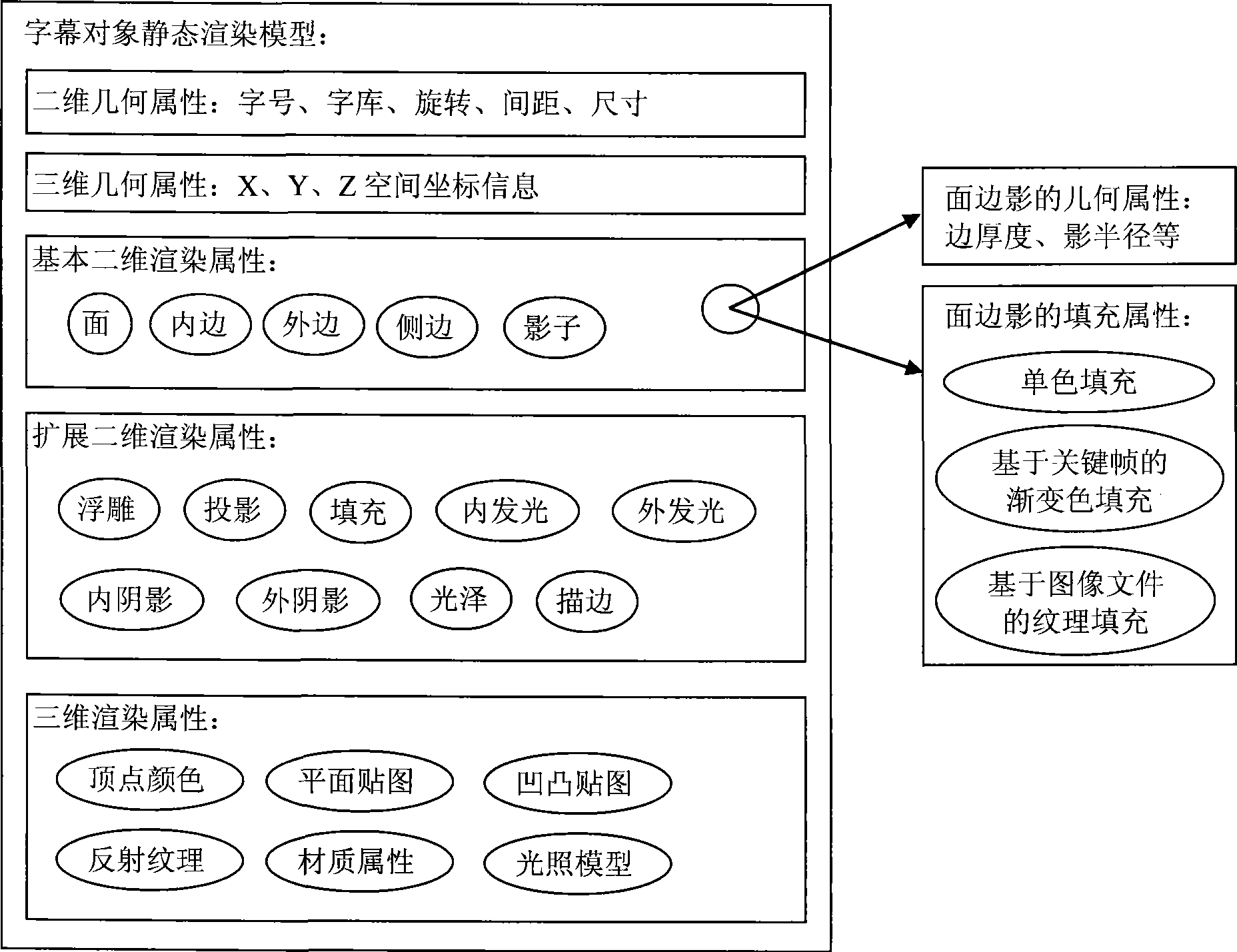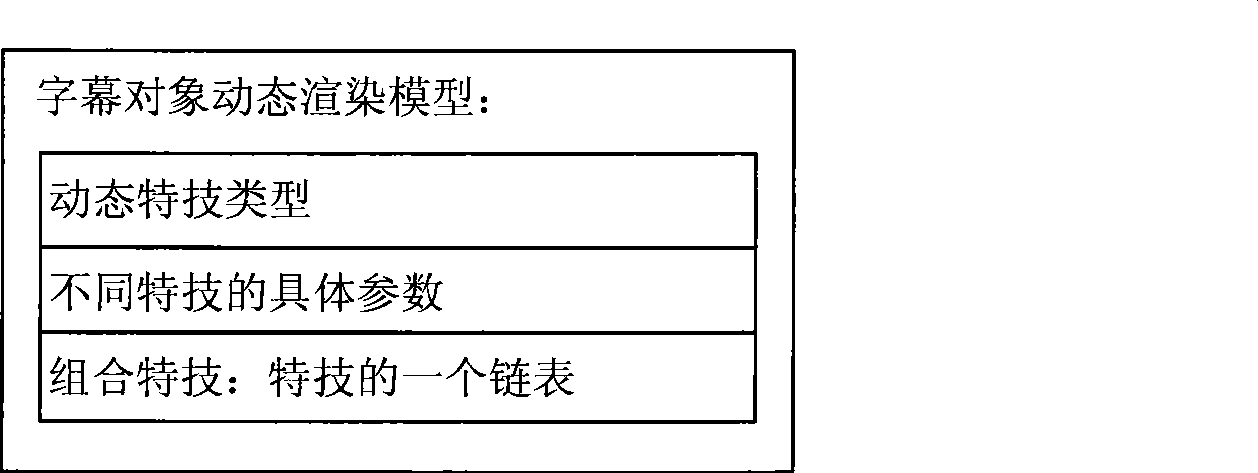Method for performance guarantee of television subtitle playing apparatus based on diversity application
A technology with device performance and diversity, applied in color TV components, TV system components, TVs, etc., can solve problems such as CPU memory leakage, neglect of system resources, and inability to truly guarantee the real-time performance of subtitle broadcasting. Safety and stability confirmation, efficiency improvement, and effectiveness guaranteed
- Summary
- Abstract
- Description
- Claims
- Application Information
AI Technical Summary
Problems solved by technology
Method used
Image
Examples
Embodiment Construction
[0088] The present invention will be described in detail below in conjunction with the accompanying drawings and specific embodiments.
[0089] The main core solution of the present invention is based on the data structure of the subtitle broadcasting system, using a random number generator, simulating the actual application environment, automatically constructing graphic subtitle objects, and then using a subtitle rendering engine to perform multi-threaded automatic static rendering and dynamic rendering of subtitles. Special effects rendering, while recording the usage of system resources, to monitor the flaws in the subtitle rendering logic design, to ensure the security, real-time and stability of the subtitle broadcasting system.
[0090] The technical content that the present invention relates to is as follows:
[0091] Static Rendering Parameters Random Generator Model for TV Subtitles
[0092] TV subtitle dynamic special effect rendering parameter random generator...
PUM
 Login to View More
Login to View More Abstract
Description
Claims
Application Information
 Login to View More
Login to View More - R&D
- Intellectual Property
- Life Sciences
- Materials
- Tech Scout
- Unparalleled Data Quality
- Higher Quality Content
- 60% Fewer Hallucinations
Browse by: Latest US Patents, China's latest patents, Technical Efficacy Thesaurus, Application Domain, Technology Topic, Popular Technical Reports.
© 2025 PatSnap. All rights reserved.Legal|Privacy policy|Modern Slavery Act Transparency Statement|Sitemap|About US| Contact US: help@patsnap.com



